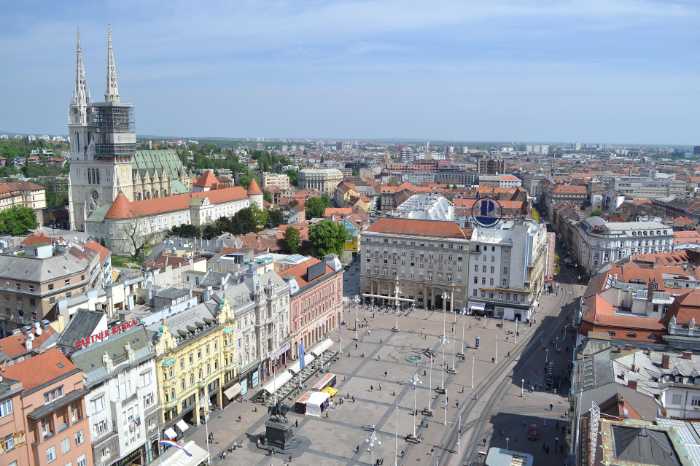
Zagreb
CroatiaZagreb, the captivating capital of Croatia, often surprises visitors with its charming blend of Austro-Hungarian elegance and a distinctly laid-back Balkan spirit. It wasn't always the undisputed heart of the region; for centuries, other cities like Varaždin held significant administrative and cultural sway within the Croatian lands, a testament to the shifting centers of power throughout its history. Yet, Zagreb's strategic location and eventual growth propelled it to its current prominence as the nation's vibrant hub. Consider this: Zagreb boasts a unique and charming tradition involving its Upper Town (Gornji Grad) and a cannon. Every day at noon, a cannon shot rings out from the Lotrščak Tower to commemorate a 16th-century legend. The story goes that a cannon shot from this tower precisely hit a Turkish pasha's tent across the Sava River, thwarting an imminent attack on the city. This daily booming reminder connects the modern city to a dramatic moment in its past. Intriguingly, Zagreb is home to a museum dedicated entirely to broken relationships. The Museum of Broken Relationships, located in the Upper Town, showcases personal objects and stories of failed loves, offering a poignant and often humorous exploration of human connection and loss. This unconventional museum has gained international acclaim for its unique and relatable concept, a testament to Zagreb's willingness to embrace the unusual. Another fascinating aspect of Zagreb lies in its surprisingly extensive network of tunnels beneath the Upper Town. Known as the Grič Tunnel, this underground system was originally built as a shelter during World War II and later served various purposes, including as a venue for raves in the 1990s. Today, it's a pedestrian walkway and occasionally hosts exhibitions and events, offering a cool and intriguing subterranean escape from the city's bustle. Beyond its unique museums and underground passages, Zagreb holds a charming tradition associated with its iconic blue trams. These trams, a familiar sight throughout the city, once included open-air carriages that were particularly popular in the summer months, allowing passengers to fully experience the city's sights and sounds. While these open-air trams are less common today, they evoke a nostalgic image of a more leisurely era in Zagreb's urban transport. Furthermore, Zagreb's main cemetery, Mirogoj, is not just a final resting place but also considered one of the most beautiful cemeteries in Europe. Designed by the renowned architect Hermann Bollé in the late 19th century, its impressive arcades, domes, and sculptures create a serene and architecturally significant space, often likened to an outdoor art gallery. Finally, for those with a sweet tooth, Zagreb offers a delightful local specialty: štrukli. This traditional pastry, made with cheese and either boiled or baked, comes in both sweet and savory variations and is a beloved comfort food throughout the region, representing a taste of Zagreb's culinary heritage. To explore Zagreb is to encounter a city where a daily cannon blast echoes a historic victory, a museum chronicles lost loves, underground tunnels whisper tales of the past, and a simple cheese pastry offers a comforting taste of local tradition.
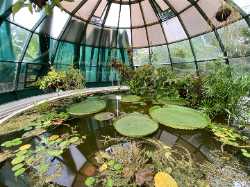 Botanical Garden of the Faculty of Science
Botanical Garden
Botanical Garden of the Faculty of Science
Botanical Garden
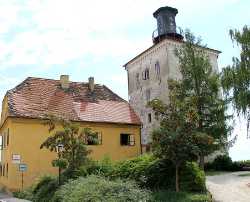 Lotrščak Tower
Castle
Lotrščak Tower
Castle
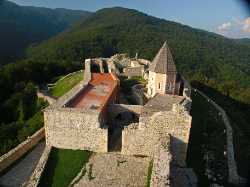 Medvedgrad Fortress
Castle
Medvedgrad Fortress
Castle
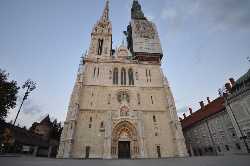 Zagreb Cathedral
Cathedral
Zagreb Cathedral
Cathedral
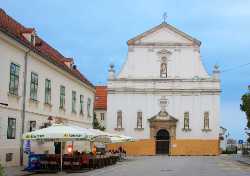 St. Catherine’s Church
Church
St. Catherine’s Church
Church
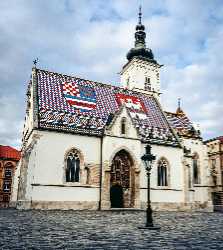 St. Mark’s Church
Church
St. Mark’s Church
Church
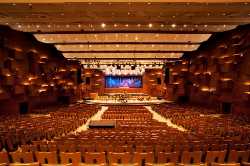 Lisinski Concert Hall
Concert Hall
Lisinski Concert Hall
Concert Hall
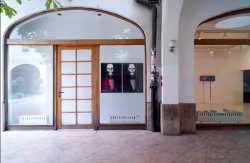 Galerija Nova
Gallery
Galerija Nova
Gallery
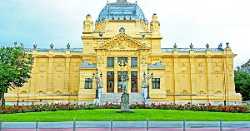 Art Pavilion
Gallery
Art Pavilion
Gallery
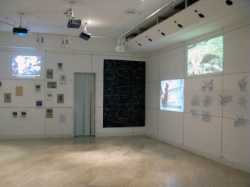 Galerija Miroslav Kraljević
Gallery
Galerija Miroslav Kraljević
Gallery
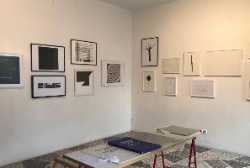 Galerija Greta
Gallery
Galerija Greta
Gallery
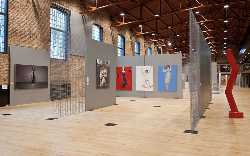 Lauba
Gallery
Lauba
Gallery
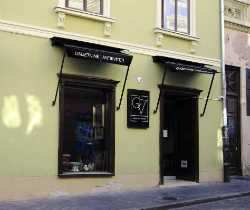 Vugrinec Gallery
Gallery
Vugrinec Gallery
Gallery
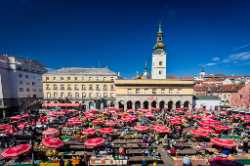 Dolac Market
Market
Dolac Market
Market
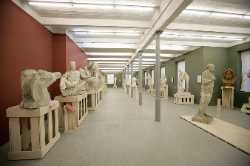 Gliptoteka HAZU
Museum
Gliptoteka HAZU
Museum
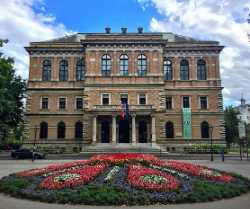 Strossmayer Gallery of Old Masters
Museum
Strossmayer Gallery of Old Masters
Museum
 Ethnographic Museum Zagreb
Museum
Ethnographic Museum Zagreb
Museum
 Museum of Illusions Zagreb
Museum
Museum of Illusions Zagreb
Museum
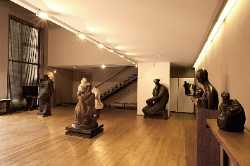 Meštrović Atelier
Museum
Meštrović Atelier
Museum
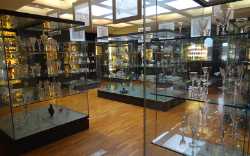 Museum of Arts and Crafts
Museum
Museum of Arts and Crafts
Museum
 Zagreb City Museum
Museum
Zagreb City Museum
Museum
 Museum of Broken Relationships
Museum
Museum of Broken Relationships
Museum
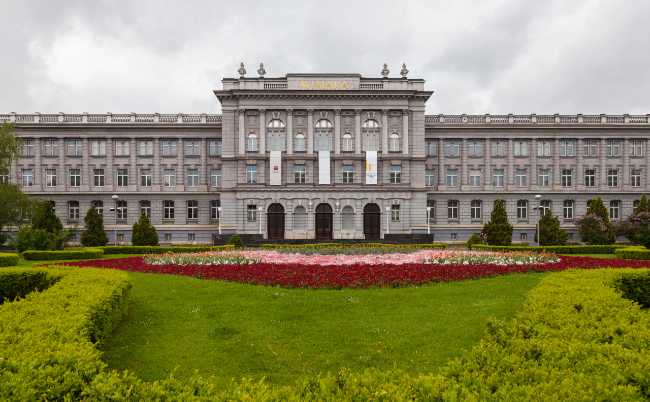 Mimara Museum
Museum
Mimara Museum
Museum
 National Museum of Modern Art
Museum
National Museum of Modern Art
Museum
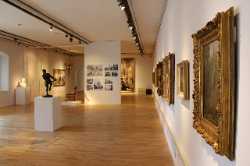 Klovićevi Dvori Gallery
Museum
Klovićevi Dvori Gallery
Museum
 Archaeological Museum in Zagreb
Museum
Archaeological Museum in Zagreb
Museum
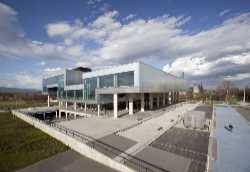 Museum of Contemporary Art
Museum
Museum of Contemporary Art
Museum
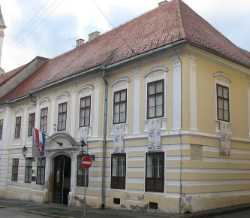 Croatian Museum of Naïve Art
Museum
Croatian Museum of Naïve Art
Museum
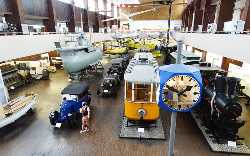 Technical Museum Nikola Tesla
Museum
Technical Museum Nikola Tesla
Museum
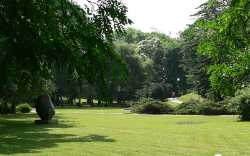 Ribnjak Park
Park
Ribnjak Park
Park
 Zrinjevac Park
Park
Zrinjevac Park
Park
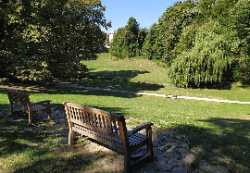 Maksimir Park
Park
Maksimir Park
Park
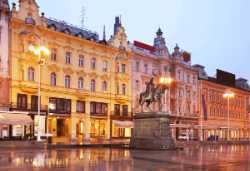 Ban Jelačić Square
Square
Ban Jelačić Square
Square
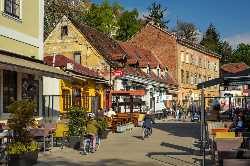 Tkalčićeva Street
Street
Tkalčićeva Street
Street
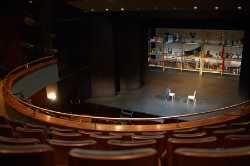 Gavella Drama Theatre
Theatre
Gavella Drama Theatre
Theatre
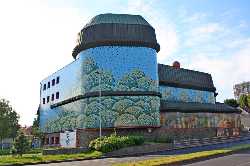 City Theatre Trešnja
Theatre
City Theatre Trešnja
Theatre
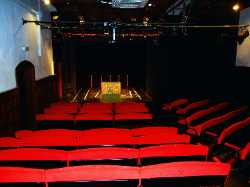 Mala Scena Theatre
Theatre
Mala Scena Theatre
Theatre
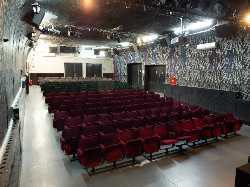 Teatar &TD
Theatre
Teatar &TD
Theatre
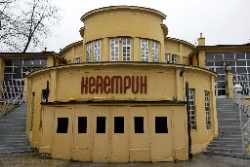 Satirical Theatre Kerempuh
Theatre
Satirical Theatre Kerempuh
Theatre
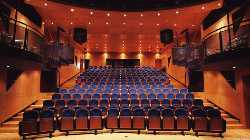 Zagreb Puppet Theatre
Theatre
Zagreb Puppet Theatre
Theatre
 Zagreb Youth Theatre
Theatre
Zagreb Youth Theatre
Theatre
 Croatian National Theatre
Theatre
Croatian National Theatre
Theatre
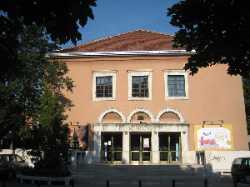 Komedija Theatre
Theatre
Komedija Theatre
Theatre
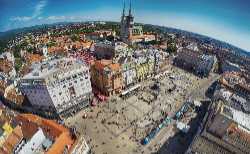 Zagreb 360°
Tourist attractions
Zagreb 360°
Tourist attractions